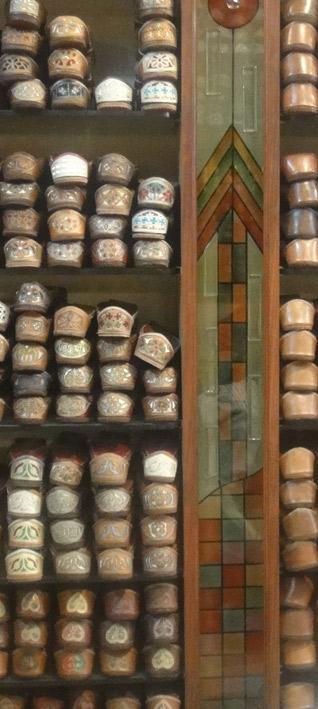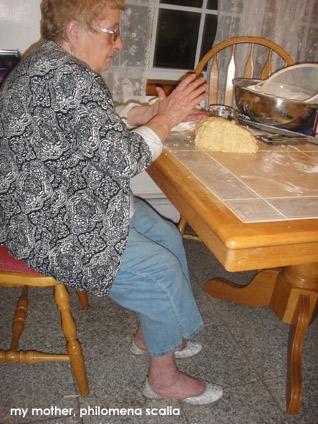Fashion
Embroidered Juttis - in Phulkari
by JAGMEETA THIND ROY
Patiala, Punjab, is keeping the age-old art of phulkari and its traditional designs alive through embroidered juttis.
Adaalat Bazaar, situated in the heart of the city of Patiala, is always bustling with enthusiastic shoppers hopping from one store to the other in search of a variety of traditional phulkari dupattas, suits, odhnis and linen.
Literally meaning ‘art of flowers', where "phul" comes from the word 'flower', and "kari" is the technique of embroidery, the art passed from one generation to the other in Punjab. But it is now fading in popularity, making an occasional appearances in the bridal trousseau.
"Phulkari was traditionally made by the women in the village who would embroider elaborate pieces. Today, no one has the time or inclination to take the art forward," rues Gurpreet Kaur Gill, a Professor of Textile Design in Patiala.
Meanwhile, attempts are being made to ensure the survival of phulkari. In Adaalat Bazaar, select few jutti (the traditional Punjabi shoe) makers are now incorporating traditional phulkari patterns on footwear. The success is evident from the growing market for the juttis, not just in the domestic circuit, but also overseas.
"We have been exporting juttis to the U.S. and more recently even to Mexico. Within the country too, the demand for juttis has not diminished over the years," says Mohinderjit Singh of the popular Dilkhush Jutti Palace, located in Adaalat Bazaar.
One of the pioneers of customised juttis, designed to match with lehngas, the store now has a collection that incorporates phulkari designs.
"Phulkari is the pride of Patiala and we are doing our bit to keep the traditional embroidery alive," says Mohinderjit. He adds, "Trends are ever-changing and though we have rolled out collections using traditional Punjabi embroideries like kasheeda and dabka, the phulkari juttis is a first."
Adorned with geometric patterns that are an intrinsic part of phulkari designs, the juttis are bright, colourful and priced at Rs 750 onwards for a pair.
"It's the first time I have seen phulkari designs on juttis. They look pretty," says Canadian Rupinder Kaur Dhaliwal, who was in Patiala to shop for her trousseau.
The encouraging response has also led traditional jutti makers from Patiala to experiment. Swaran Singh, who has been making juttis for 45 years, and is a third generation jutti maker in Adaalat Bazaar, says, "We have been specialising in juttis using dabka and thread work. It's only recently that we are incorporating phulkari into our designs. The trend seems to be catching on."
[Courtesy: Indian Express]
April 21, 2011
Conversation about this article
1: Kulvinder (United Kingdom), April 23, 2011, 5:33 PM.
The juttis are great. Where can I order them?
2: Mini (Delhi, India), May 29, 2011, 4:33 AM.
i want to buy some of these juttis. Where can I get them?
3: Rupinder (India), August 27, 2011, 10:50 AM.
A really impressive and easy way to make a style statement for every punjabi lady. Multi-colors make it easy to wear with everything, formally or informally.




